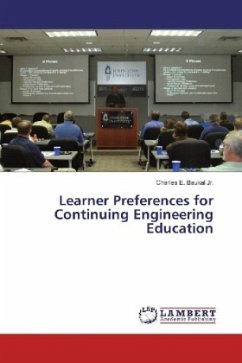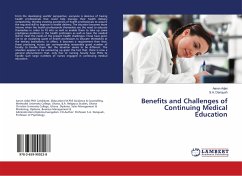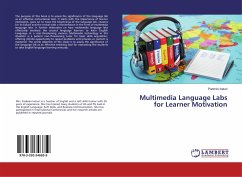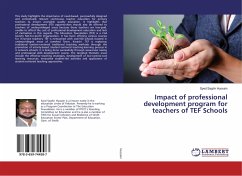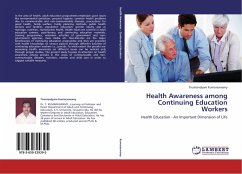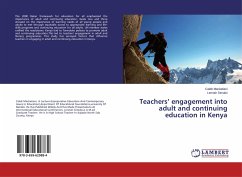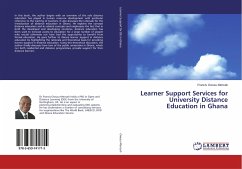Because of rapidly changing technology, the continuing education of working engineers is very important. However, relatively few recommendations are given in the literature for how to design effective instructional materials for those engineers. The study reported here addressed this gap by investigating working engineers' learning strategy, verbal-visual, and multimedia type preferences. Unlike the general population, the participants were found to have strong problem-solving learning strategy and visual learning preferences, regardless of demographics such as age or gender. Eight media types in four different categories (in parentheses) were compared: labels vs. description (verbal), drawing vs. photo (static graphics), animation vs. video (dynamic non-interactive graphics), and simulated virtual reality or VR vs. real VR (dynamic interactive graphics). The results showed working engineers strongly preferred graphics over verbal multimedia. There was relatively little difference in preferences among the graphic types. These results suggest a variety of graphic multimedia types and problem solving should be used in designing effective continuing engineering education content.
Bitte wählen Sie Ihr Anliegen aus.
Rechnungen
Retourenschein anfordern
Bestellstatus
Storno

